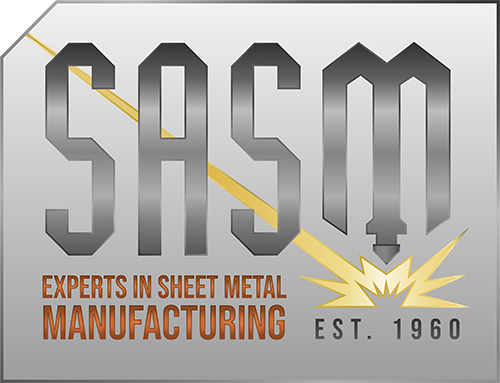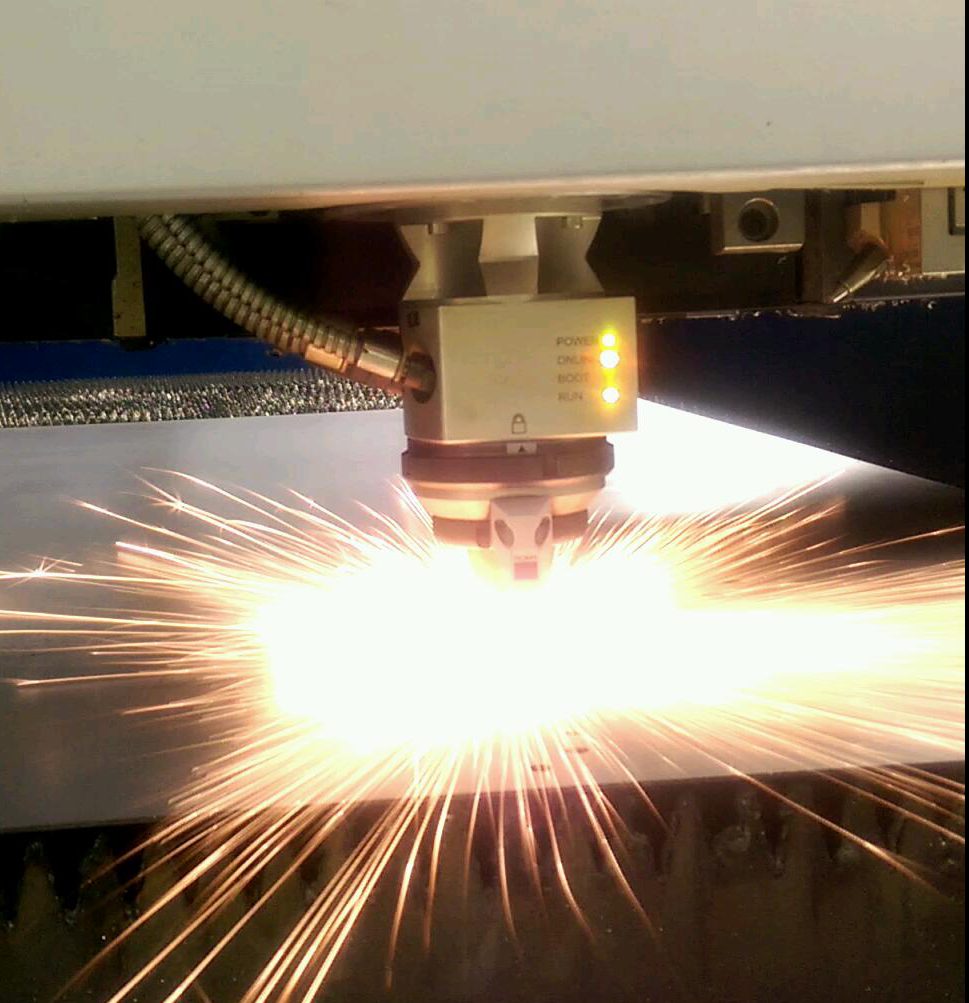The Role of Laser Cutting in Green Fabrication
In today's manufacturing landscape, sustainability has become an increasingly important focus. Businesses across industries are striving to reduce their environmental footprint and adopt more Green Fabrication practices. Laser cutting technology plays a significant role in achieving these sustainability goals. This article will delve into the various aspects of laser cutting for sustainability, highlighting its environmental advantages and the positive impact it has on green fabrication.
Energy Consumption in Laser Cutting
Manufacturing processes are often energy-intensive, and laser cutting is no exception. However, advancements in laser cutting technology have led to the development of energy-saving features in modern machines. These features, such as power optimization and intelligent control systems, help minimize energy consumption without compromising on performance. By utilizing energy-efficient laser cutting equipment, manufacturers can significantly reduce their carbon footprint.
Material Efficiency and Waste Reduction
In addition to energy savings, laser cutting enables material efficiency and waste reduction. The precise and accurate nature of laser cutting allows for optimal material usage, resulting in minimal waste. Moreover, nesting software can be employed to optimize the layout of parts on a sheet, maximizing material utilization and further reducing waste. These practices not only contribute to sustainability but also lead to cost savings for manufacturers.
Emission Reduction in Laser Cutting
When compared to traditional cutting methods, laser cutting boasts low emission levels. The controlled and focused laser beam minimizes the release of harmful gases and particulate matter into the atmosphere. Additionally, proper ventilation and fume extraction systems can be implemented to ensure that any emissions generated during the process are effectively captured and filtered. This emphasis on emission reduction promotes a healthier working environment for employees and demonstrates a commitment to sustainable practices.
Recycling and Circular Economy
Laser-cut materials are often highly recyclable, making laser cutting a suitable choice for businesses looking to embrace the principles of the circular economy. The ability to recycle and repurpose laser-cut components helps reduce the demand for virgin materials and supports a more sustainable supply chain. Manufacturers can actively seek out recycling programs or establish partnerships with recycling facilities to ensure that their waste materials are properly handled and recycled.
Case Studies: Laser Cutting for Sustainability
SASM has been successful in incorporating laser cutting into our operations for a number of years now. This has led to impressive sustainability achievements and more efficient manufacturing processes. These lessons learnt are something that we’re pleased to share with the wider UK manufacturing industry as well as our customers. This coupled with the achievements of other businesses in the UK manufacturing environment means as time goes on more efficient and more environmentally friendly methods of production are discovered and shared amongst the industry.
Future Developments and Innovations
The field of laser cutting continues to evolve, with ongoing developments and innovations geared towards sustainability. One of the ways SASM is decreasing the environmental impact of our laser is by powering it via our solar panels along with generating our own Nitrogen to cut down on the emissions produced during the transport of nitrogen batteries from the supplier to our Arnold site. That said; as the industry progresses, laser cutting will continue to play a vital role in driving sustainable and environmentally conscious manufacturing practices.
Conclusion
Laser cutting technology offers a range of benefits for sustainable manufacturing and green fabrication. From minimizing material waste and reducing energy consumption to controlling emissions and promoting recycling, laser cutting is a key enabler of sustainability. By adopting laser cutting in their operations, businesses can reduce their environmental footprint, achieve cost savings, and contribute to a more sustainable future. As the industry advances, laser cutting will remain an essential tool in the pursuit of eco-friendly and efficient manufacturing processes.



